Sapindus saponaria, Western Soapberry
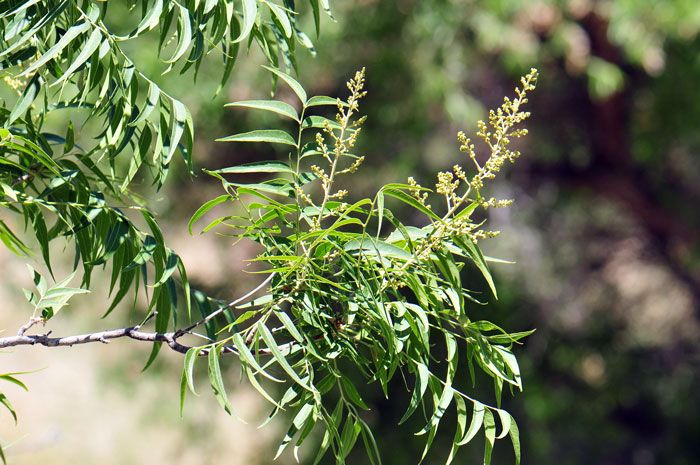
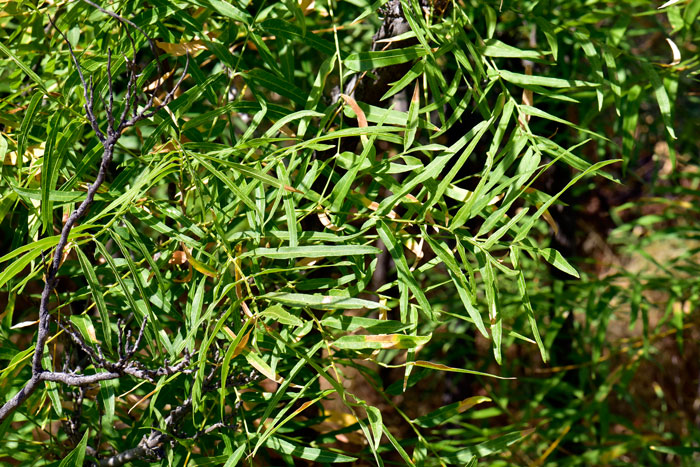
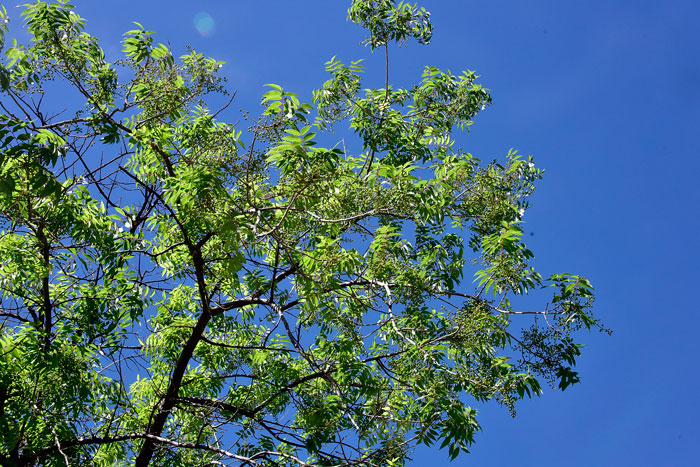
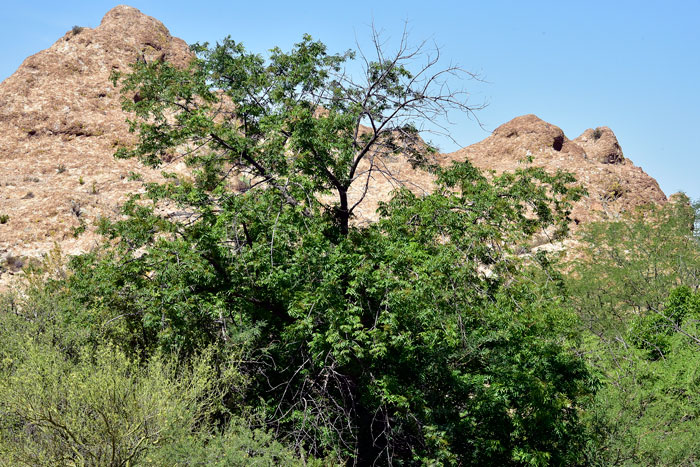
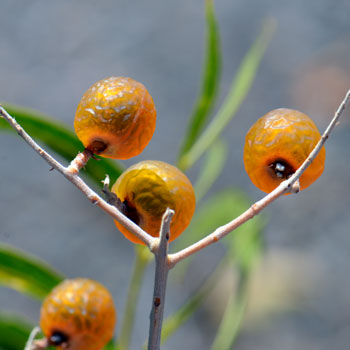
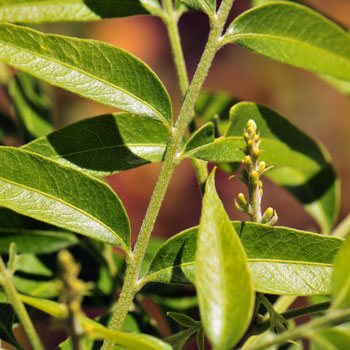
Scientific Name: Sapindus saponaria
Common Name: Western Soapberry
Also Called: Manele, Soapberry, Tropical Soapberry, Wingleaf Soapberry (Spanish: Amolillo, Abolillo, Jaboncillo, Boliche, Chirrión, Amole, Guayul, Palo Blanco, Mata Muchacho)
Family: Sapindaceae Soapberry Family
Synonyms: ()
Status: Native
Duration: Perennial
Size: Up to 20 feet in Arizona; up to 50 feet elsewhere.
Growth Form: Shrub, tree; rough furrowed gray bark.
Leaves: Green; pinnate, leaflets lanceolate or oblong-lanceolate
Flower Color: Whitish; flowers small, inflorescence a clusters of flowers in panicles; sepals and petals 4 or 5; fruits globose or globular with translucent fleshy pulp, turns yellowish when mature, persists on tree.
Flowering Season: May to August; May and early June in Texas.
Elevation: 2,500 to 5,000 feet.
Habitat Preferences: Along streams.
Recorded Range: Sapindus saponaria is found in the south central and southwestern United States; AR, AZ, CO, KS, LA, MO, NM, OK, TX. It is also native to all of Mexico southward to South America.
North America & US County Distribution Map for Sapindus saponaria.
U.S. Weed Information: No information available.
Invasive/Noxious Weed Information: No information available.
Wetland Indicator: In North America Sapindus saponaria, Western Soapberry has the following wetland designations: North America; Arid West, FACU; Atlantic and Gulf Coastal Plain, FACU; Eastern Mountains and Piedmont, FACU; Great Plains, FACU; Midwest, UPL; Western Mountains, Valleys, and Coast, FACU.
FACU = Facultative Upland, usually occur in non-wetlands, but may occur in wetlands
UPL = Obligate Upland, almost never occur in wetlands.
Threatened/Endangered Information: No information available.
In the Southwestern United States, Arizona and New Mexico each have 1 species of Sapindus, California, Nevada, Texas and Utah have 0 species. All data is approximate and subject to taxonomic changes.
There are 2 varieties in Sapindus saponaria, Western Soapberry;
Sapindus saponaria var. drummondii, Western Soapberry, (AR, AZ, CO, KS, LA, MO, NM, OK, TX);
Sapindus saponaria var. saponaria, Wingleaf Soapberry, (AL, GA, MS, SC, TX).
Comments: The Arizona variety is "drummondii" named in honer of Thomas Drummond (1790-1835). Mr. Drummond, from Scotland, made a trip to the United States to collect western and southern species.
With bright green pinnate leaves, in Arizona, Western Soapberry may be superficially confused with Arizona Walnut, Juglans major and Tree-of-Heaven, Ailanthus altissima. Both Arizona Walnut and Western Soapberry grow along perennial streams.
Sapindus saponaria, Western Soapberry has been used to make arrows and other uses by North American indigenous peoples.
Seminole Other, Jewelry, Plant used to make beads.
Comanche Other, Toys & Games, Stems used to make arrows for aratsi game.
Kiowa Drug, Dermatological Aid, Poultice of sap applied to wounds.
Papago Other, Hunting & Fishing Item, Wood used to make stone-tipped hunting arrows.
Papago Other, Weapon, Wood used to make stone-tipped hunting arrows.
See ethno-botanical uses at Native American Ethnobotany, University of Michigan, Dearborn.

